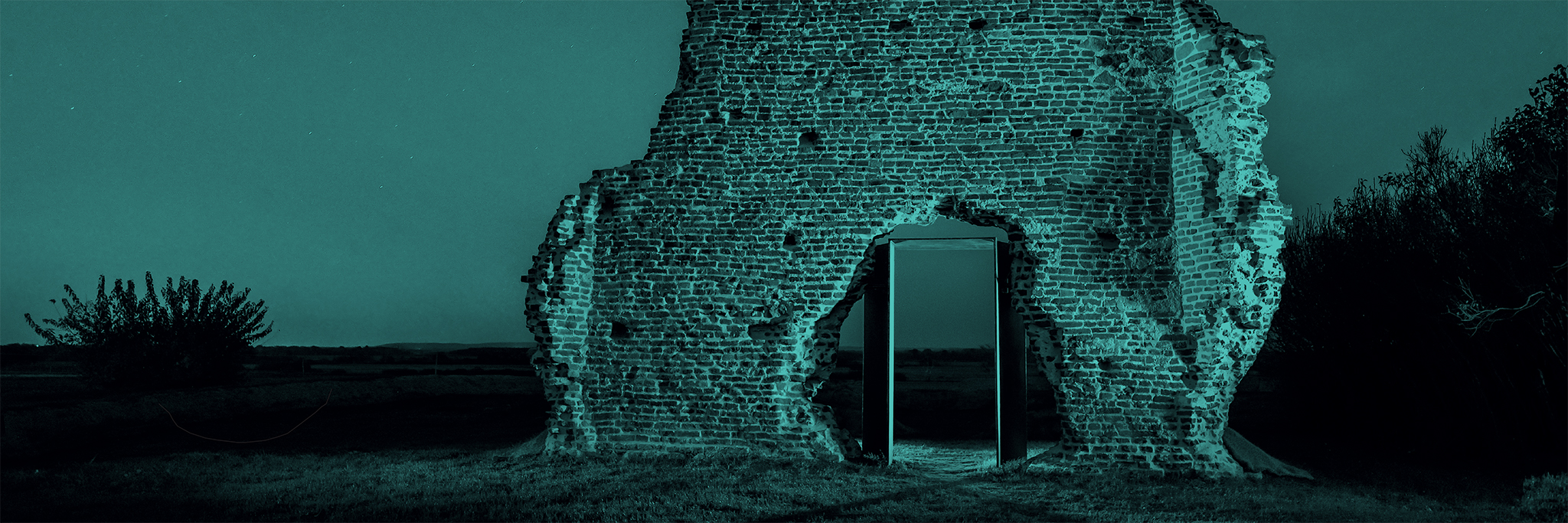As a key player in the construction industry, Market Építő Zrt. has created a complex corporate social responsibility (CSR) programme that is linked to its activities, aligns with its credo, creates value, spans several years and can be extended nationwide. The main aim of the initiative is to preserve and promote our built heritage, especially our sacral medieval ruins, among other things, through their research, professional restoration and the renovation of their surroundings.
The ROM Vándor Programme has received numerous prestigious professional awards, including the ICOMOS Hungarian National Committee’s Prize for “Exemplary Monument Conservation” (2024), the Media Architecture Award for the “Built Environment”, and in 2025, the DoingGood CSR Award – Grand Prize for “Value Preservation and Transmission”. The stabilisation of the Varjaskér church ruin also earned recognition from BIG SEE Architecture and the Hungarian National Committee of ICOMOS Hungary.
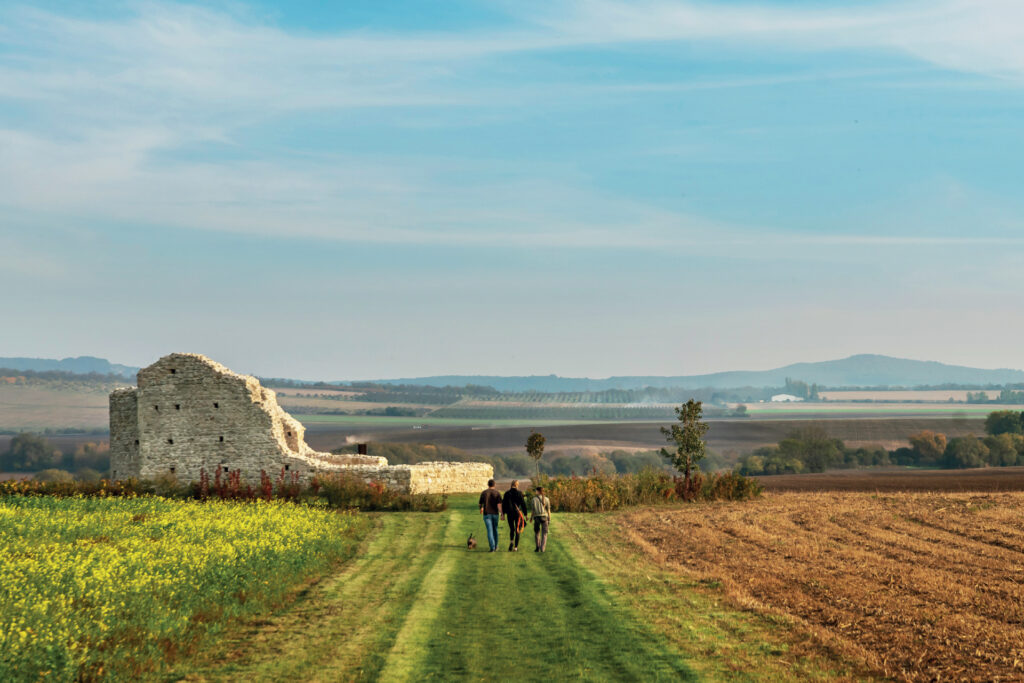
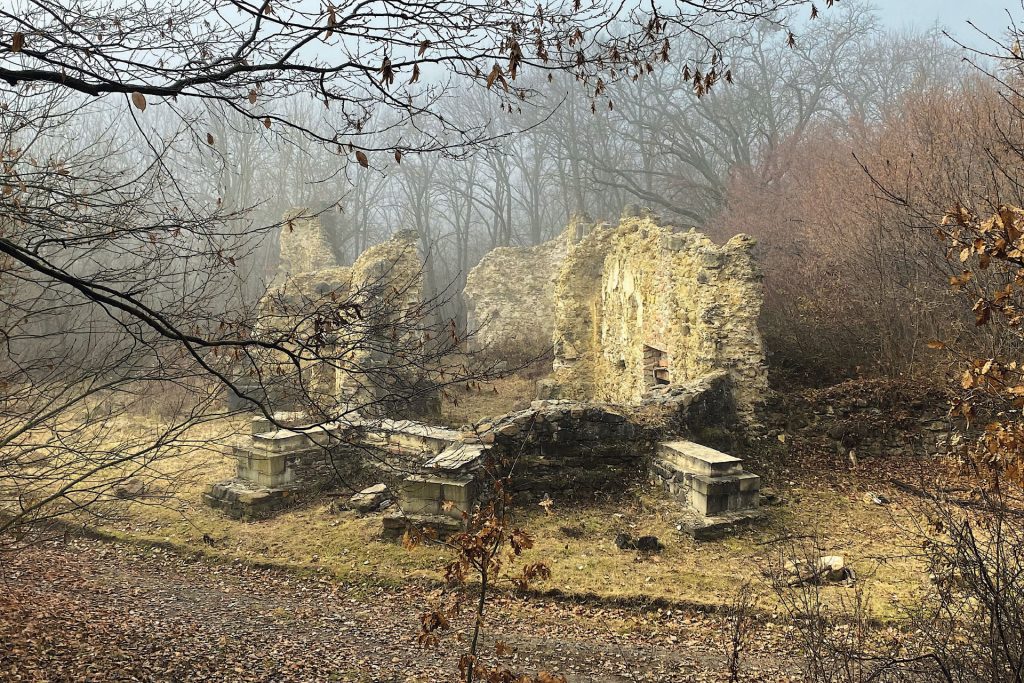
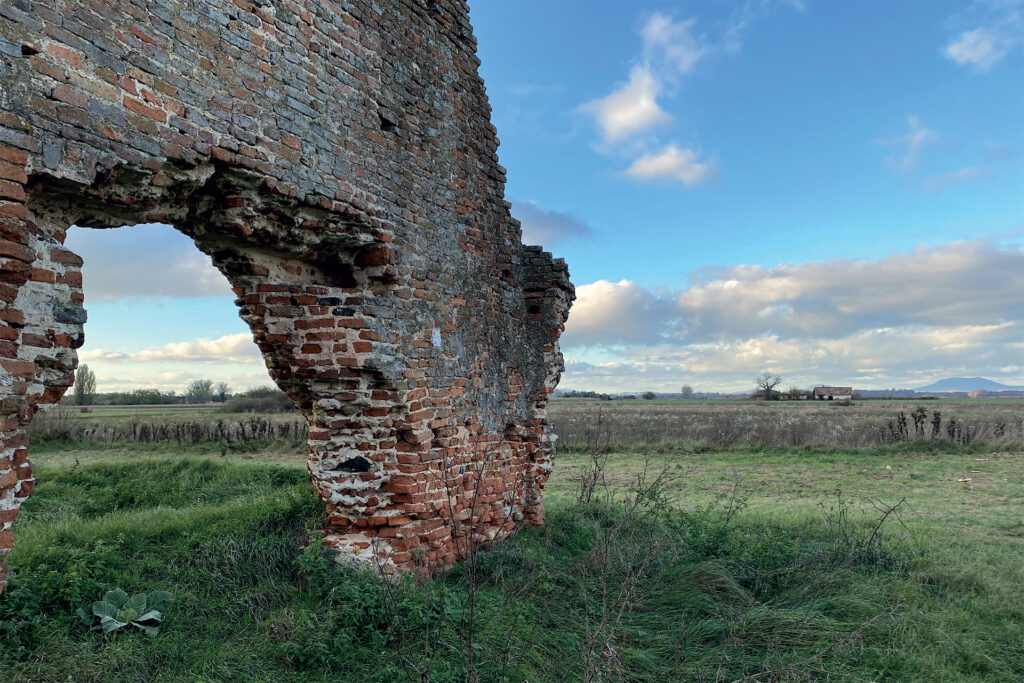
Ruin as an architectural phenomenon
The ruin is a symbol of impermanence, but it is also a symbol of stubborn defiance of passing. Over time, a building becomes a ruin, even a church is ruined, if the settlement around it is devastated, if the monastic order or the community that maintained it ceases to exist. These buildings that have lost their function and their community are, for someone, just abandoned piles of stones, unidentifiable ruins of buildings. Yet their elemental power, their special atmosphere, lies precisely in their fragility, their fragmented sculptural quality. The fragments that have been preserved bear the shaping forces of nature with dignity, they carry the marks of time.
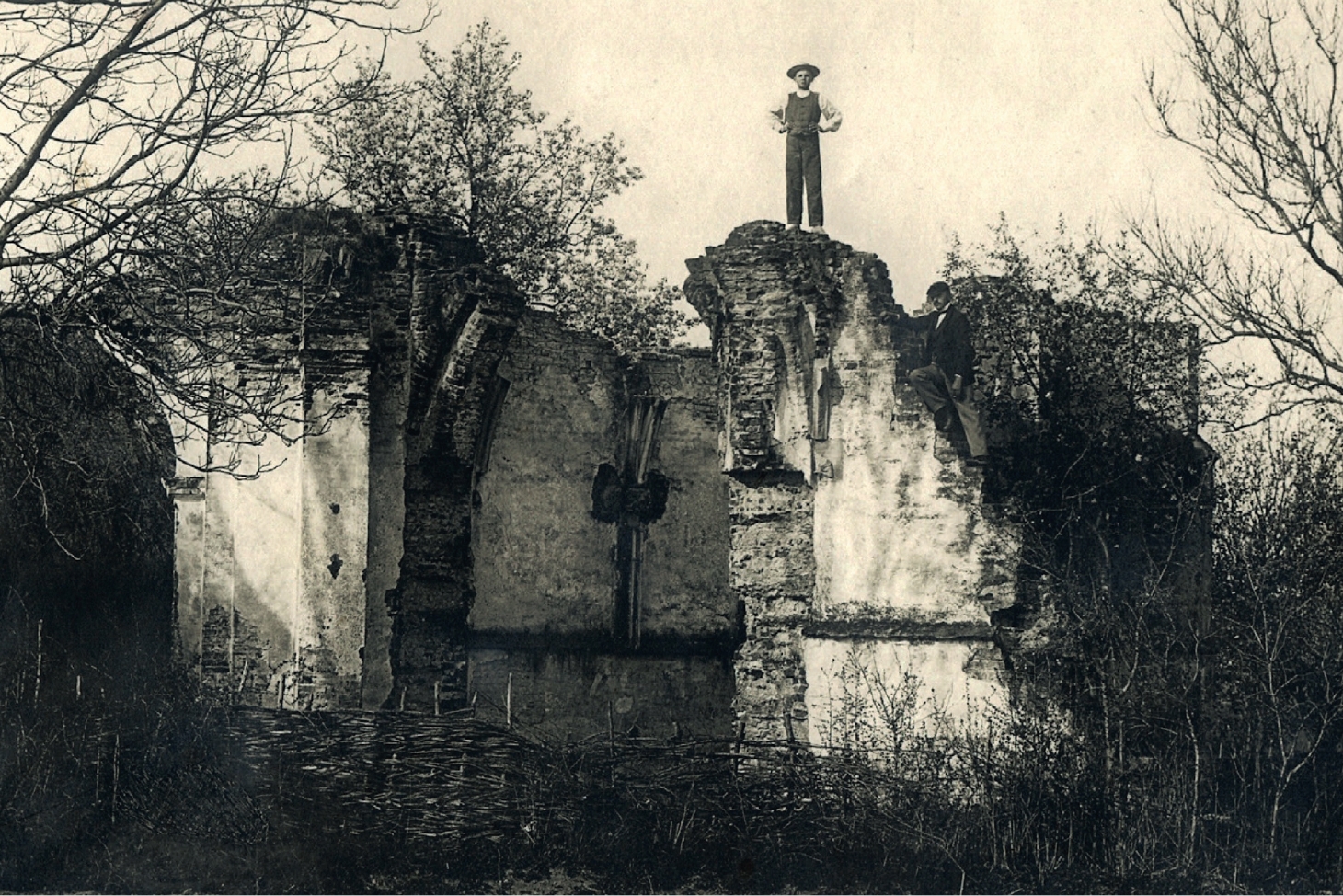
The part is often more than the whole made to be seen…
The term “ruin” is inadvertently associated with silence, stillness, exposure to nature. Empty, abandoned buildings take on a life of their own over time, forming a new identity until they disappear. Each building bears the mark of the time that has passed since it was built, its unique and unrepeatable patina. These dormant monuments, even if they have lost their living ecclesial community, still represent the tangible and intangible beauty of our built heritage. Our Árpád-era church and monastery ruins are silent witnesses to our history; over the centuries, some have been used to keep animals, store fodder or as temporary living quarters. A ruin landscape is a truly welcoming space, a kind of no man’s land, everyone’s land.
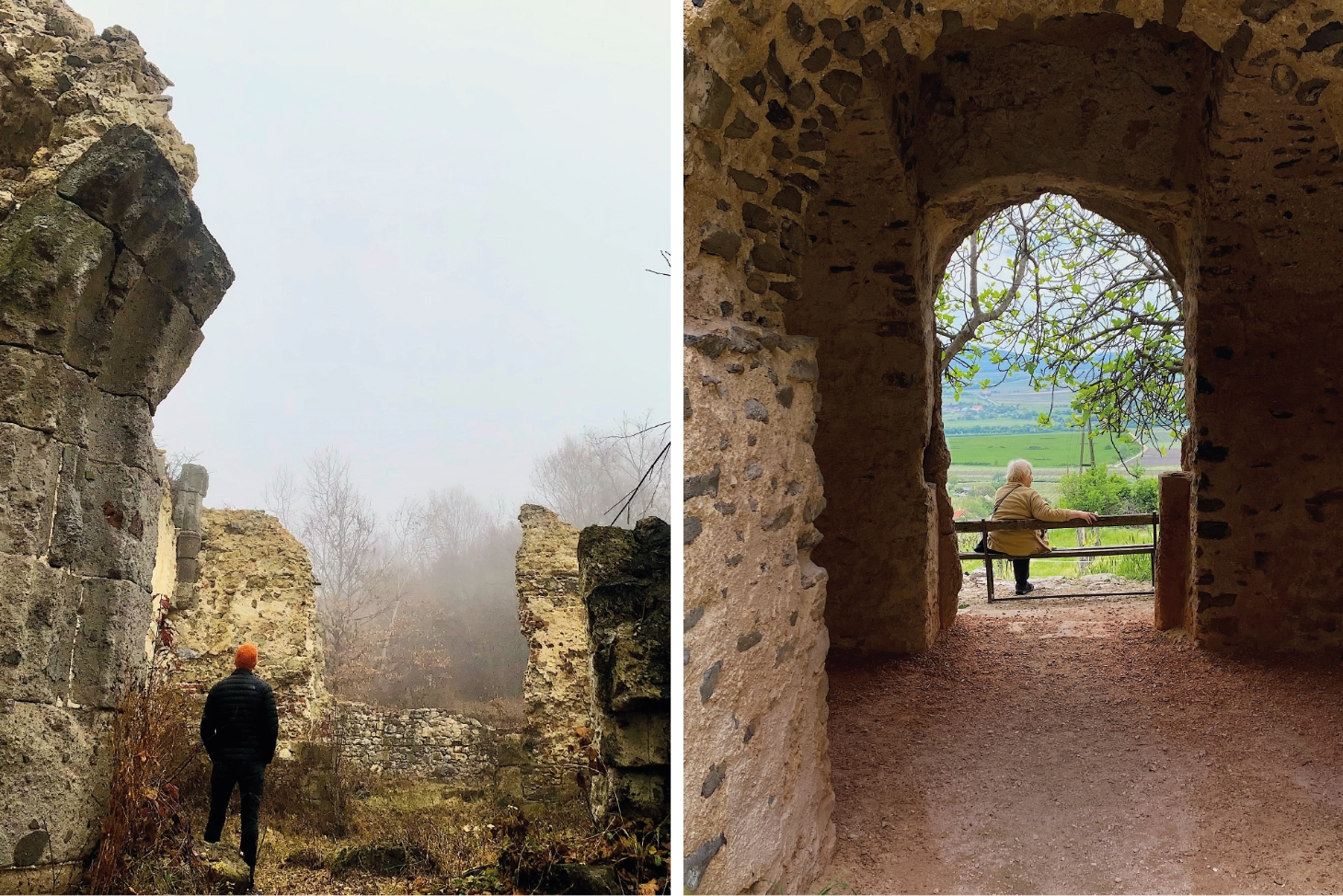
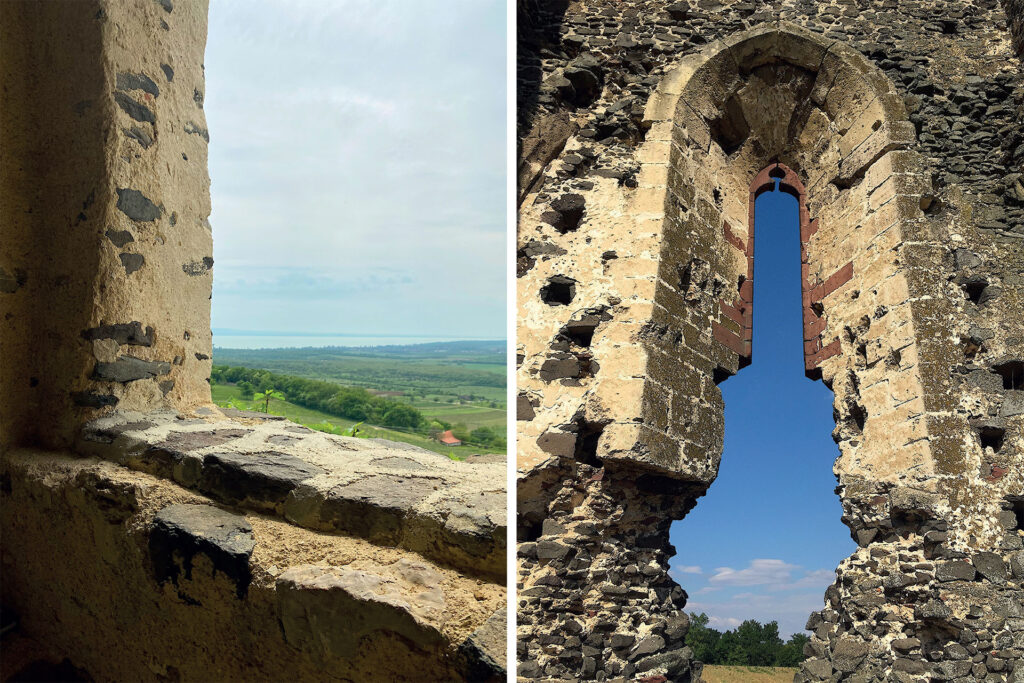
Ruin history
The value and protection of old architecture is not of recent origin. Even Cicero (1st century BC) refers to the importance of preserving monuments and remains: “What is human age without the memory of the old?” Respect for ancient buildings became more pronounced during the Renaissance: architects of the period surveyed and studied the remains of ancient buildings in order to achieve “ideal beauty”. The rediscovery of the relics of antiquity is now a central and defining element of the classical ideal. The “Grand Tour”’ of Italy, an adventurous trip among the young members of the English aristocracy, also created a popular fashion, reinforced by the discovery of Herculaneum and then Pompeii; the Greek and Roman statues, utensils and building remains that were found attracted a large number of tourists to the southern landscapes of Italy.
The ruin is a fossilized memory…
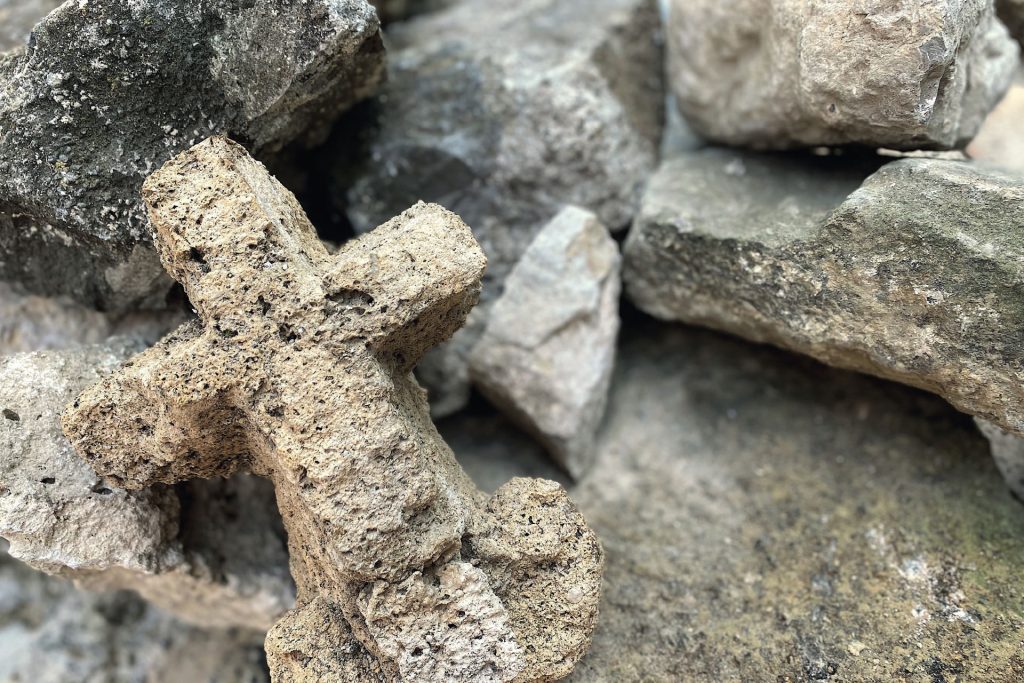
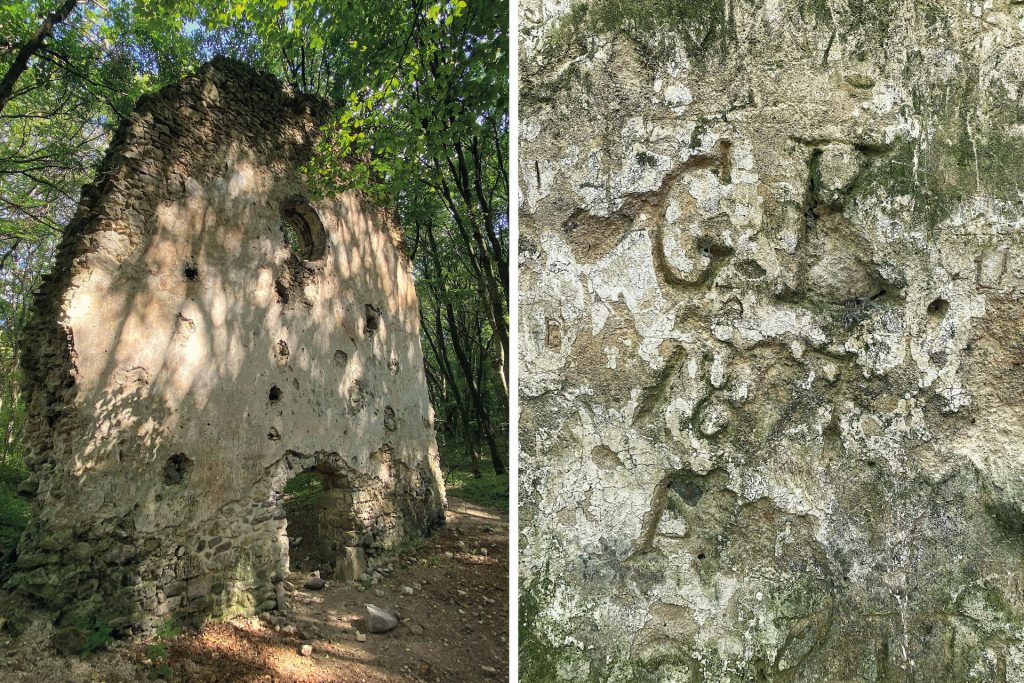
The interest in ancient Roman and Hellenic monuments later extended to the works of the Middle Ages – the Romanesque and Gothic periods as well. This process can also be seen in the other arts, whether literature or painting. The idea of the “Gothic Revival”, which uses the ruins of Gothic churches and abbeys to promote the forgotten spirit of the Middle Ages, is based on this idea. In the Romantic era, the cult of ruins became so strong that even artificial ruins were often built in castle gardens, as a sign of the estate’s great past. The need to preserve old buildings and the remains of them for their cultural value – the protection of monuments itself – emerged in the first half of the 19th century.
Several types of ruins can be distinguished: the “poetic ruin” (e.g. Zsámbék, Aszófő, Alsódörgicse), which has been known for centuries and is constantly decaying, the “archaeological ruin” (e.g. Székesfehérvár, Aquincum), which is buried by time and excavated later, and the “artificial ruin” (e.g. Tata, Vácrátót), as an artificially built, archaizing-artistic ruin. In all three cases, the monuments need ongoing maintenance.
Interestingly, the lyrical atmosphere of the landscape of the ruins has inspired such 20th century filmmakers as Andrei Tarkovsky, Franco Zeffirelli and Agnieszka Holland.
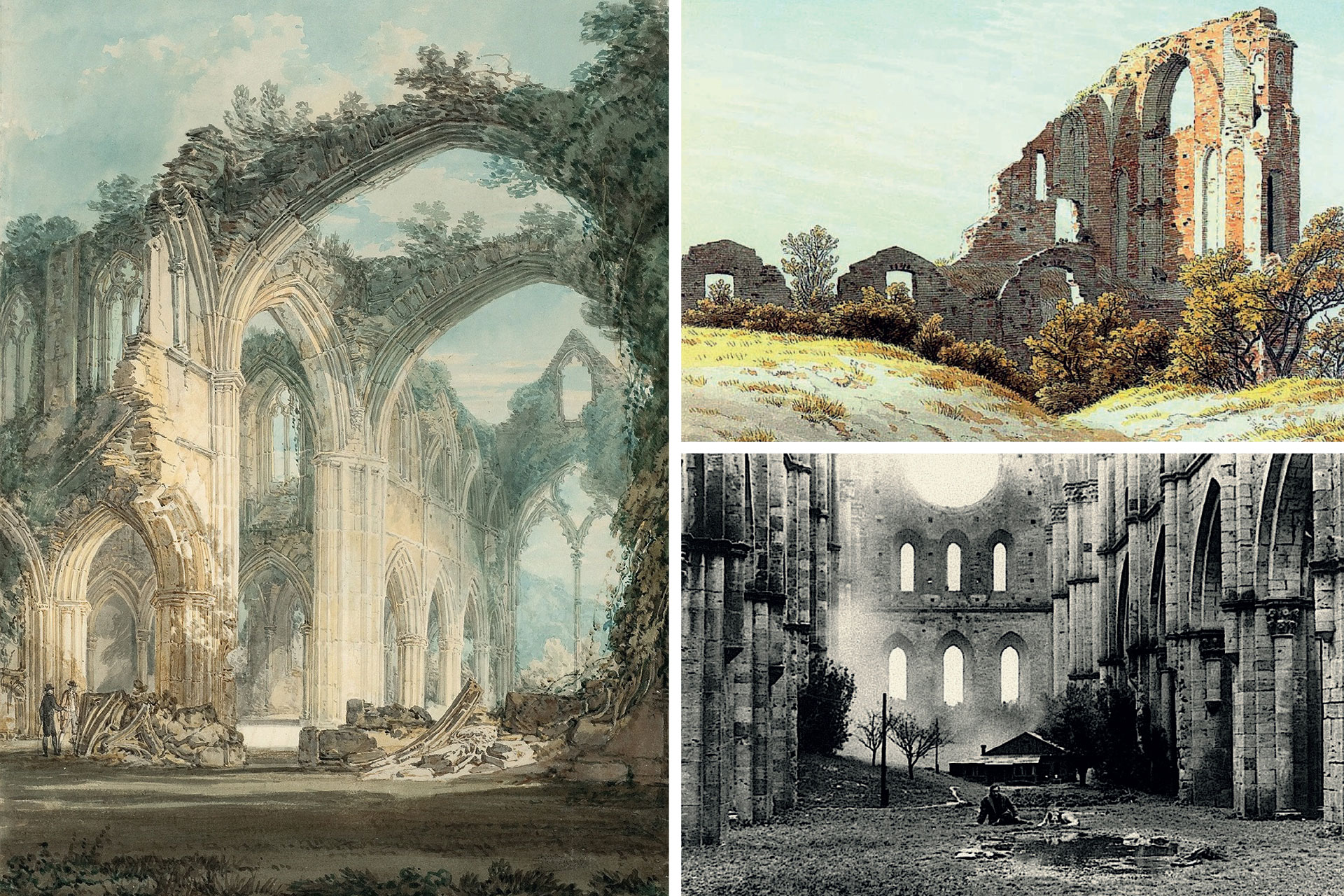
Re-tuning our sleeping, built heritage
The content of our RUIN Rover programme is based on the abandoned medieval remains of buildings, mostly churches and monasteries on the outskirts of small settlements and villages. There are hundreds of known and less known medieval ruins throughout the country, which enrich the cultural map of our environment like mystical signs. These sites attract explorers and travellers mainly because of their magical atmosphere and their hidden nature. Sadly, in the absence of ongoing maintenance, conservation and funding, these architectural heritage sites are gradually eroding and undeservedly degrading. Their survival is threatened in many cases. Their qualitative rehabilitation and conservation is an unprecedented corporate initiative, the primary aim of which is to preserve, conserve and restore them, and to refurbish the environment in which they are located.
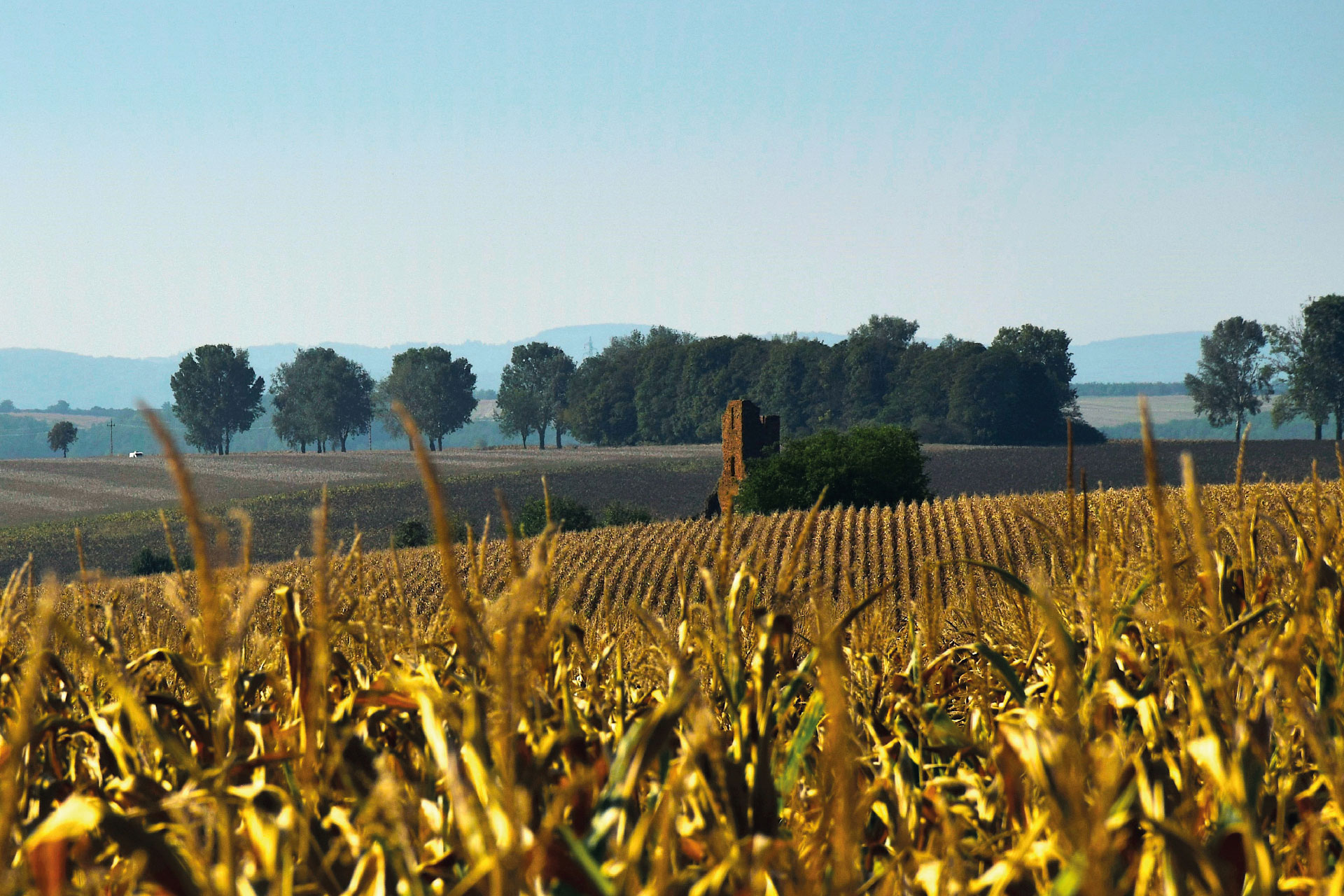
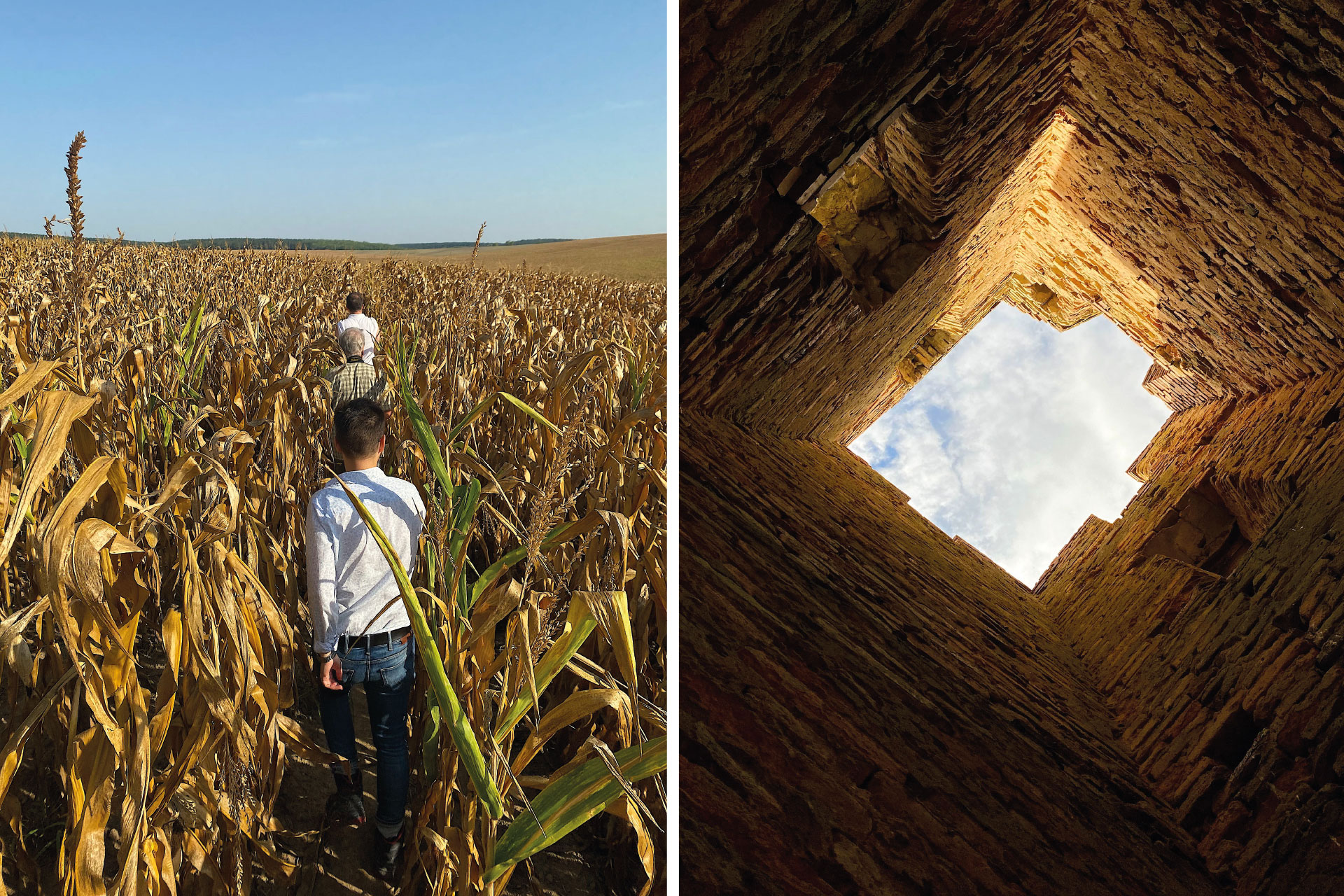
The monuments are in different technical condition and therefore require different interventions. The primary objective is to preserve the authentic, natural beauty of the ruins. The interventions help to preserve, safely view and interpret ruins in a restrained way, while preserving and enhancing the “timeless” atmosphere of them.
Enriching our hiking and pilgrimage movement
In addition to saving the remains of our castle ruins, the aim of our programme is to draw social attention to the deteriorating values of our built heritage, alongside our castle ruins better supported and promoted by the state, and to act as a movement to protect, represent and promote our Árpád-era sacral ruins. It is hoped that these sites will provide new generations with an interesting, adventurous and quality leisure programme, as well as becoming popular destinations for national and international hiking and pilgrimage movements. The spirit of the concept fits in well with recent trends such as ecotourism, microcation, zero waste, slow or the urbex movement.
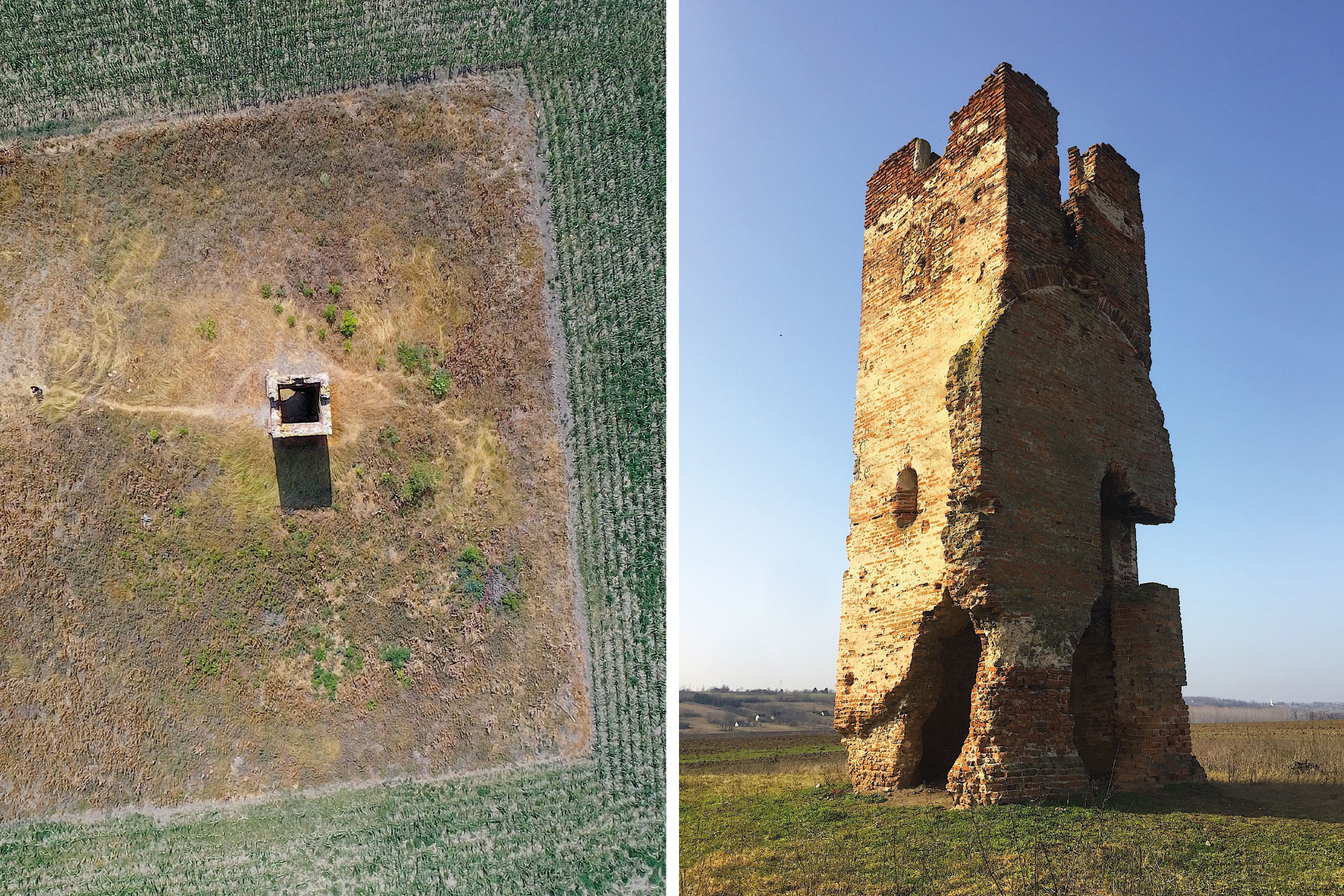
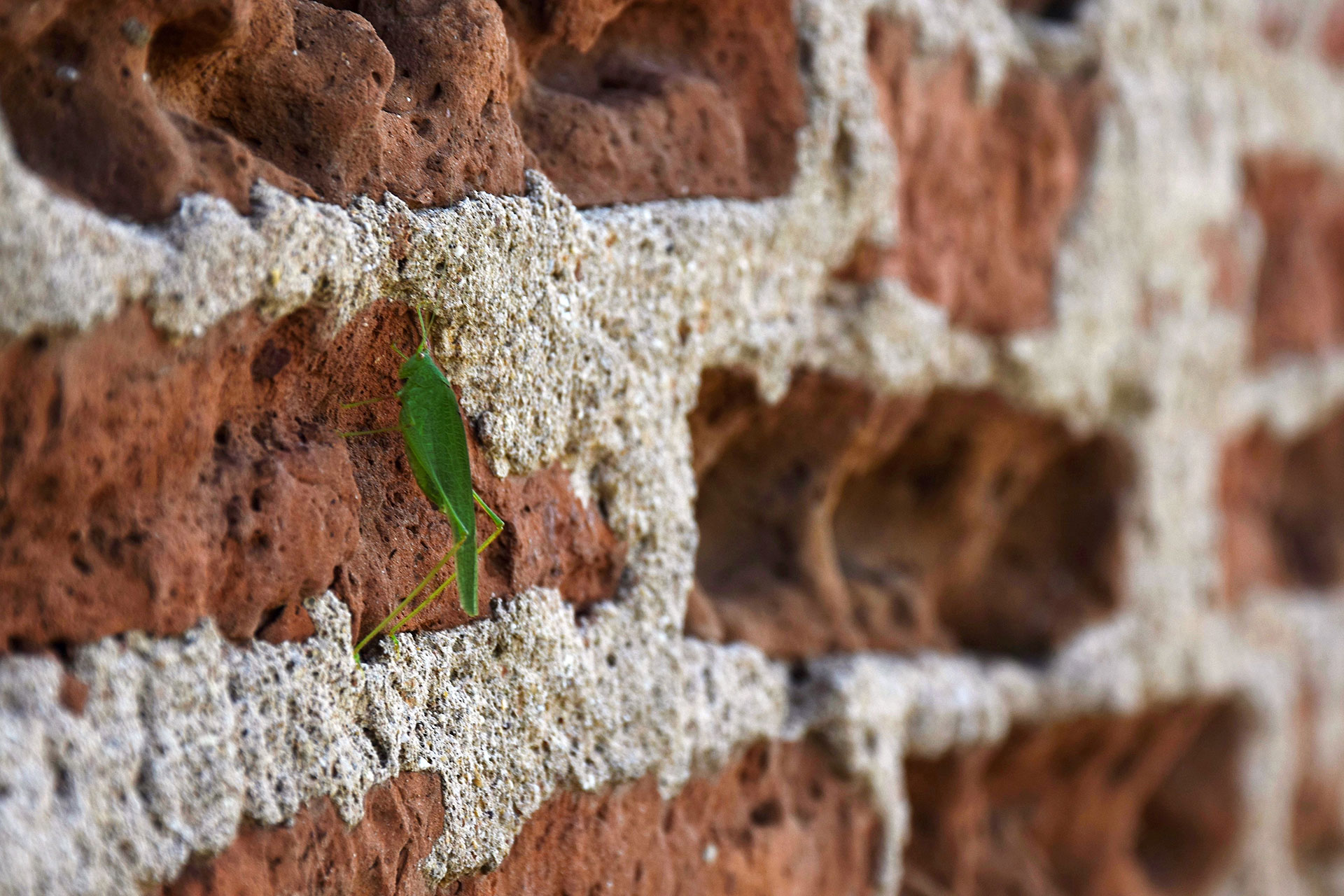
A simple goal, a complex process
Market Group has a wide range of knowledge and services, which enables professional general contracting. The company is committed to creating value, finding and supporting unique solutions and pioneering paths.
Achieving the objectives of the RUIN Rover programme requires complex, multi-faceted professional work and project management: obtaining a heritage permit, carrying out preliminary special trade works, mapping the sites, carrying out research, securing legal conditions, obtaining ownership consents, excavation works, consultation with regional communities, landscape architecture, and communicating the renewed public heritage are all part of the task.
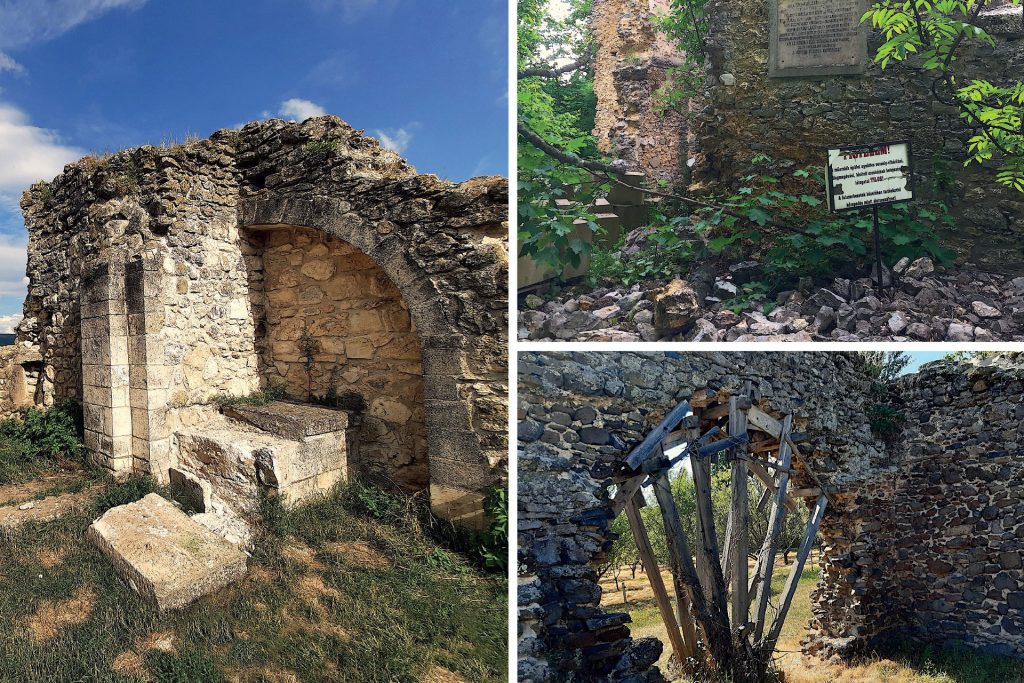
This challenge is in line with the company’s credo and gives it the opportunity to use its complex knowledge for a beautiful and noble case.
The particular interest and value of the programme is that, in addition to the involvement of renowned experts, all the related tasks – from preparation to hand over – are carried out with the help of the company’s volunteer staff.
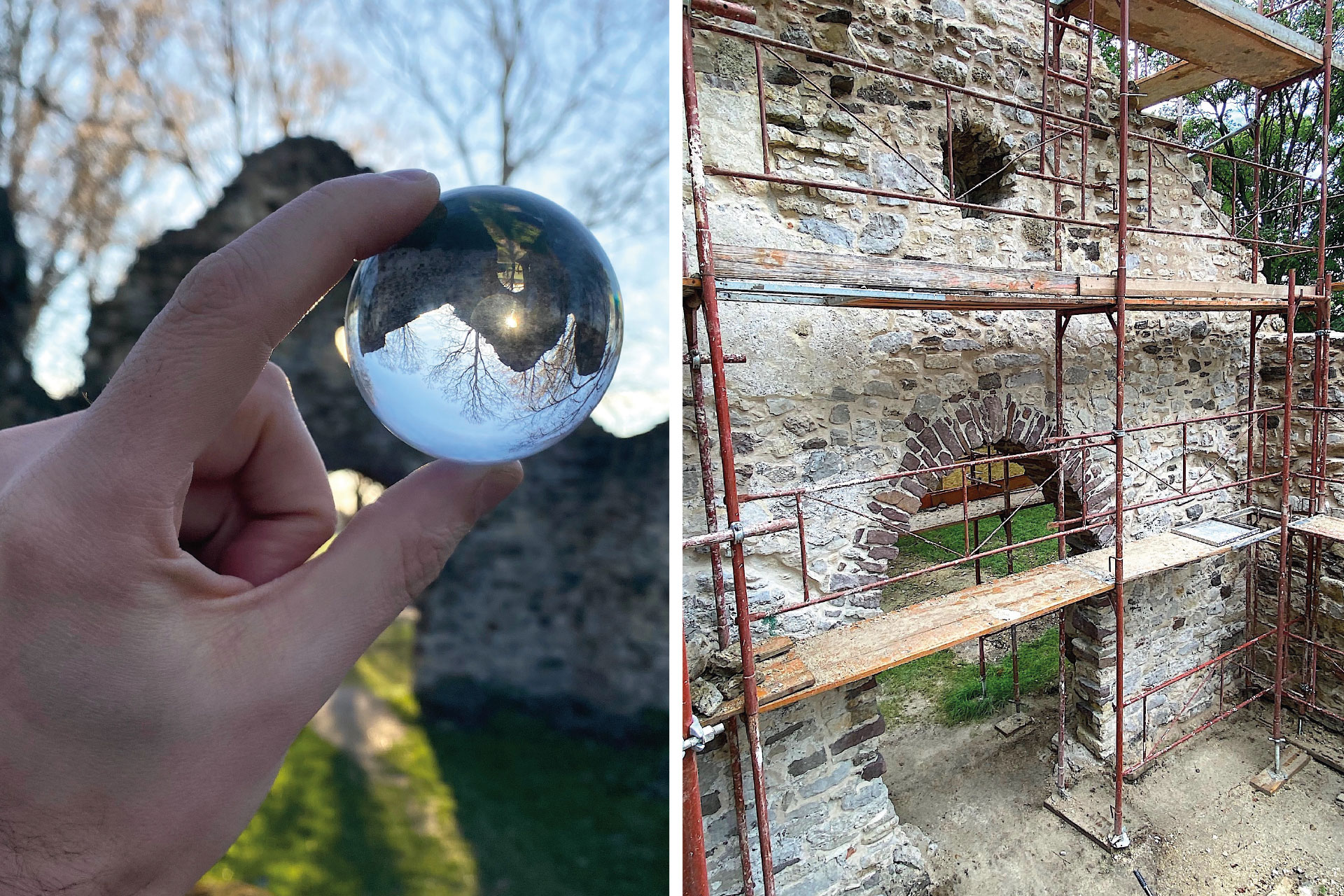
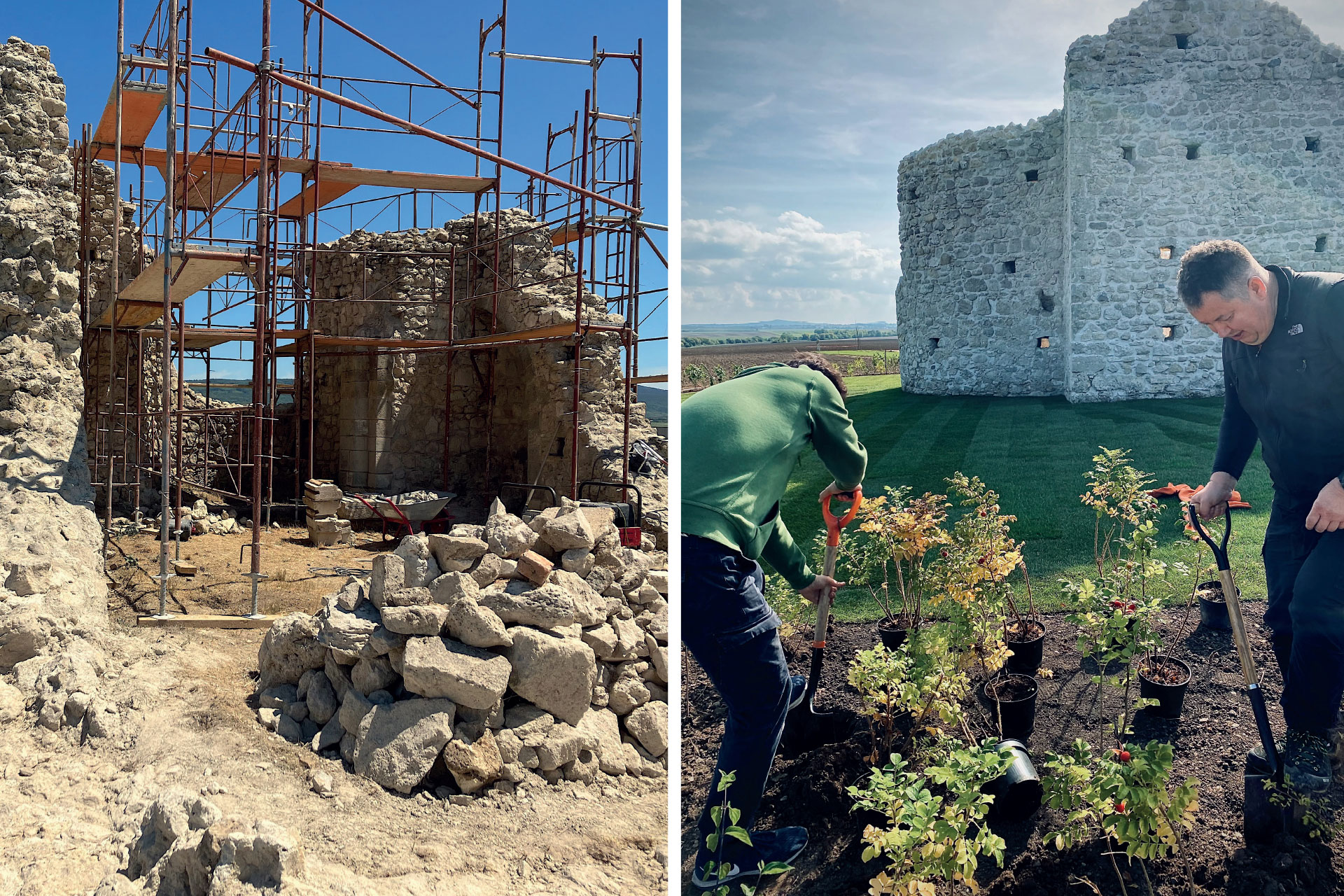
„We are also sticking to this programme because it is a long-term, completely unique and not an ordinary project. It involves our profession, with all its details and beauty. In addition to all this, it is important that, alongside the many new buildings, we also fly the flag for conservation.”


